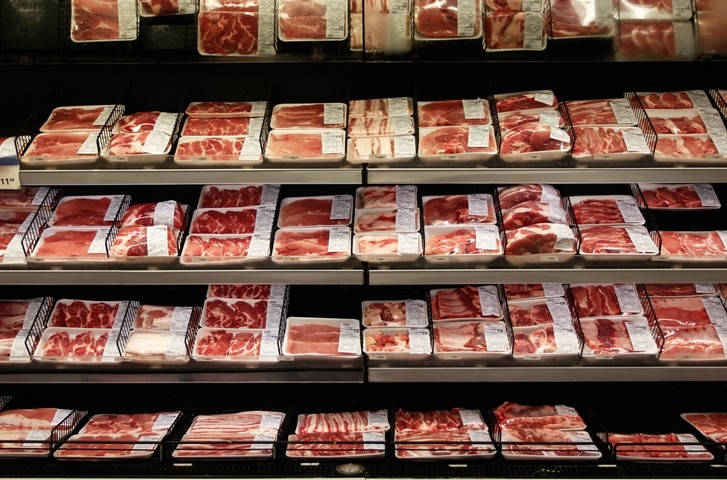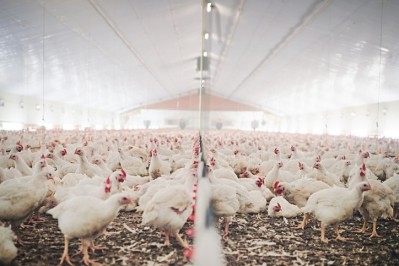Weaker import demand from China predicted as pork prices plunge, high feed costs challenge global sector

The Rabobank Pork Quarterly Q3 2021 indicates several reasons behind the price plunge.
The analysts noted that, in the first four months of 2021, African swine fever (ASF) outbreaks related to a new variant led to herd liquidation in affected regions, causing a temporary supply surge. This was followed by the dumping of oversized hogs as farmers abandoned hope of a price rebound and rushed heavy hogs to slaughter, putting extra pressure on supply from April to June. Subsequent disease outbreaks in the south and southwest of China in late May caused a new round of liquidation in affected regions, they reported.
The sudden supply increase resulted in a sharp price decline and negative results in both farming and trading in 1H, with expected low pork imports by China in Q3.
“While we expect hog and pork prices to rebound in Q3, the estimated high frozen pork inventory will impose a lot of downward pressure on prices. We expect the slowdown of imports in the coming months will reduce full year imports from 2020’s record levels by 10% to 20%,” said Chenjun Pan, senior analyst, animal protein, Rabobank. “This will lead to a redistribution of pork trade in the global market and could place downward pressure on pork prices in exporting regions."
Price, availability, and freight costs remain important when considering the impact of softening demand from China, said the analyst.
Increased demand from other markets, such as the Philippines and Vietnam, can partially compensate for the potential decline in exports to China, noted Pan.
High feed costs remain a challenge
Europe registered strong production growth of 5% YOY in the first four months of 2021, due to a backlog in slaughter at the end of 2020 and higher slaughter weights, said Rabobank.
“However, high feed costs and softening exports will limit production growth in Q3. Exports to China were down slightly in April, offset by strong shipments to Vietnam and the Philippines. New ASF outbreaks in German domestic pig farms add new risks.”
After reaching record highs in mid-June, US hog prices are lower, stabilizing on strong demand and lower production.
“Disease loss, lighter slaughter weights, and high feed costs will moderate production in 2H 2021. Pork prices remain well ahead of expectations on strong belly and ham demand. Exports declined slightly through May, with weaker sales to China outweighing increases to Mexico, Canada, and Japan.”
Brazilian pork production started the year at a good pace, due to 2020’s positive results, mainly in exports.
But, again, high feed costs will discourage further production growth in the coming months in some regions, forecasts the Rabobank team.
“In terms of demand, the atypical increase in beef prices in the first months of 2021 following dry climatic conditions has favored the consumption of chicken and pork.”








